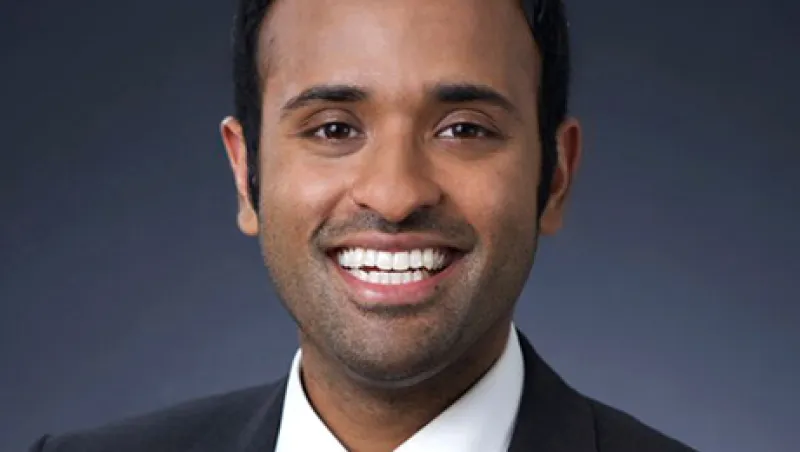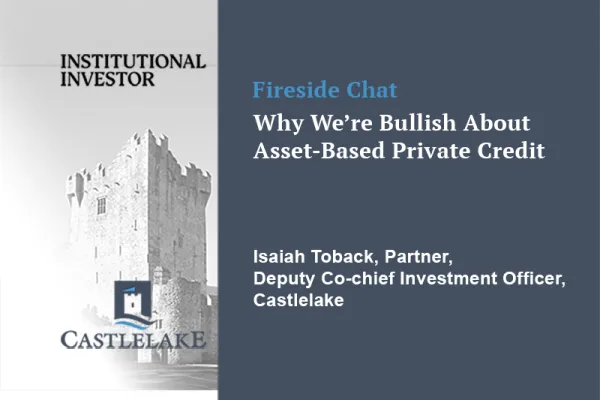On his 30th birthday last month, Vivek Ramaswamy had a lot to celebrate. Roivant Sciences, the company he founded last year to commercialize late-stage drug candidates for dementia-related illnesses, was still buzzing from the June initial public offering of its majority-owned subsidiary, Axovant Sciences.
Axovant, which bought an Alzheimer’s disease drug known as RVT-101 from U.S. pharmaceuticals giant GlaxoSmithKline last December for $5 million and a 12.5 percent share of future royalties, smashed all previous biotechnology float records. The company’s early backers included several hedge fund firms: RA Capital Management of Boston and New York’s Visium Asset Management and QVT Financial, where Ramaswamy worked as a partner before founding Roivant. Along with New York–based hedge fund managers D.E. Shaw & Co. and Falcon Edge Capital, each of these investors holds at least 1 million Axovant shares, according to Securities and Exchange Commission filings; with 75 million, QVT owns the biggest stake.
The buzz wasn’t all positive: Many saw the $334 million IPO and $1 billion–plus market capitalization of a small company with just one drug still awaiting Food and Drug Administration approval as a bubble warning sign, and Axovant’s stock has suffered from the speculation. After the share price nearly doubled on the first day of trading to finish at $29.90, it leveled off, closing at $11.18 on August 20.
But CEO Ramaswamy, dapper and energetic at Axovant’s Garment District office in New York, says he isn’t worried about the naysayers.
“It’s puzzling that we, with a late-stage drug and wholly owned rights, addressing an unmet need with human clinical data already in hand . . . would have been part of that bubble discussion,” he says. “We’re focused on drug development rather than what current market conditions are or aren’t. The most important thing that matters at this point is the data.”
He’s eager to share that Axovant has plenty of it. In July the company presented the results of a recent Phase 2 trial of the drug at the Alzheimer’s Association International Conference in Washington, where the response from doctors was mainly positive. The data showed a slower decline in cognitive ability, particularly among patients who took RVT-101 along with a generic form of Aricept, the most commonly used Alzheimer’s drug.
“Nothing we see is suggestive in humans of a cure, and we would like to be part of that future as it unfolds,” Ramaswamy explains. “But now the real goal is to turn [Alzheimer’s] into a chronic condition that can be managed through a combination of medications, like diseases like diabetes and cardiovascular disease.”
One in three U.S. seniors dies with Alzheimer’s or another dementia-related disease, according to the New York–based Alzheimer’s Association, and in the U.S. the annual cost of treating Alzheimer’s and other dementia-related illnesses is expected to reach more than $1 trillion by 2050, versus $226 billion this year.
Ramaswamy, who grew up in Cincinnati, earned biology and law degrees from Harvard and Yale universities in 2007 and 2013, respectively. He co-founded Campus Venture Network, a student entrepreneur networking firm, the year he left Harvard, selling it in 2009 to the Ewing Marion Kauffman Foundation, a Kansas City, Missouri–based entrepreneurship and education nonprofit; he was a partner at QVT from 2007 through 2014. At QVT, Ramaswamy co-managed the firm’s biotech portfolio, which included investments in companies developing new drugs, such as U.S. outfits Palatin Technologies and Concert Pharmaceuticals. He also chairs the board of Burnaby, British Columbia–based Arbutus Biopharma Corp., which is seeking to develop a cure for chronic hepatitis B.
Given his background and those of others involved with Axovant, Ramaswamy is confident that experience and history are on the company’s side. Axovant’s chief development officer is Lawrence Friedhoff, former executive vice president of research and development at Eisai USA, the U.S. arm of Japanese pharmaceuticals company Eisai Co., which brought Aricept to market in 1996. That drug helps form the foundation of the case for RVT-101, which is meant not to replace existing medications but to work with them to improve cognition in patients.
The next step is to conduct a Phase 3 trial using funds from the IPO. GSK abandoned RVT-101 after failing to find statistically significant results in trials using a different scale than the one Axovant has employed. So why take a chance on this particular drug? The point of Axovant, Ramaswamy says, is to give new life to drug candidates that have been discontinued or “suboptimally” developed for reasons unrelated to their potential efficacy, especially those that target the largest unmet needs in dementia.
Although Axovant has only one drug right now, it’s billing itself not as an RVT-101 company but as a “dementia solutions” business. Ramaswamy wants to tackle all the ugly effects of decline in mental capacity, including but not limited to Alzheimer’s, through a cost-efficient, patient-focused model of buying and developing drugs that others have discovered.
“The U.S. in particular is undergoing a huge demographic change, and there is a great range of unmet needs as a consequence of aging,” he says. “I worry that we societally may not be ready for it, but I am confident in the ability of our company — and, hopefully, other companies — to address this problem.”
ollow Kaitlin Ugolik on Twitter at @kaitlinugolik.






